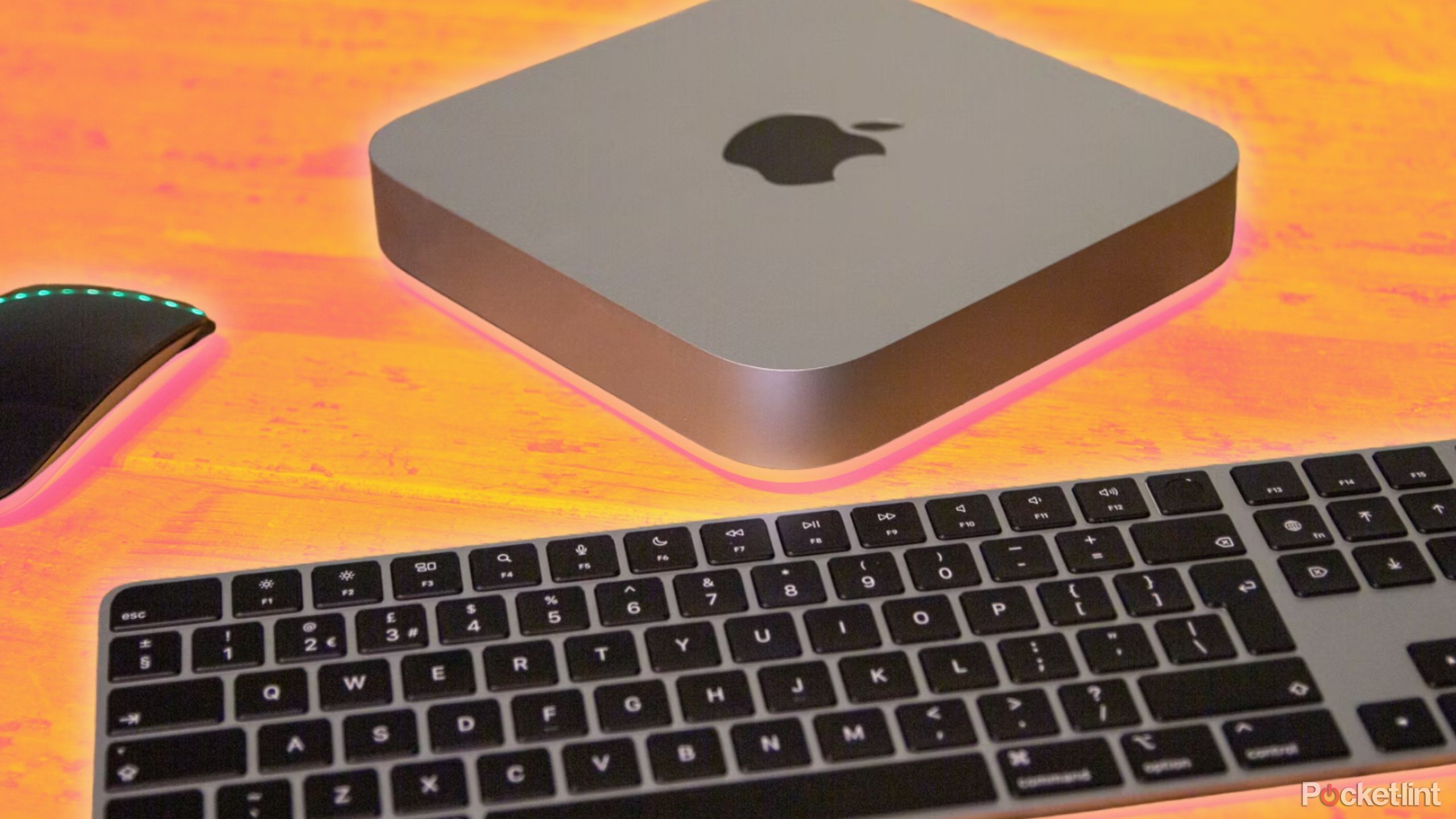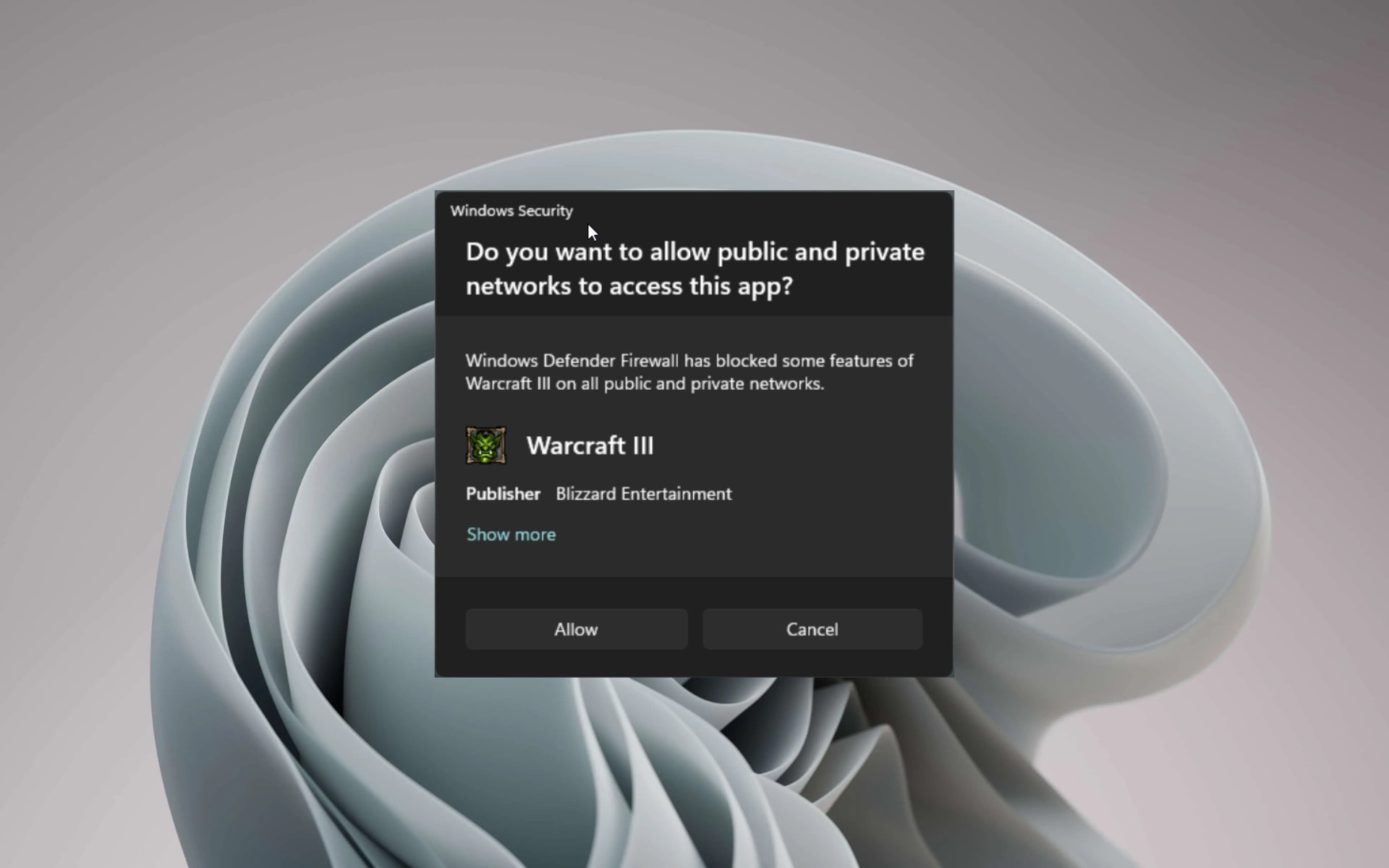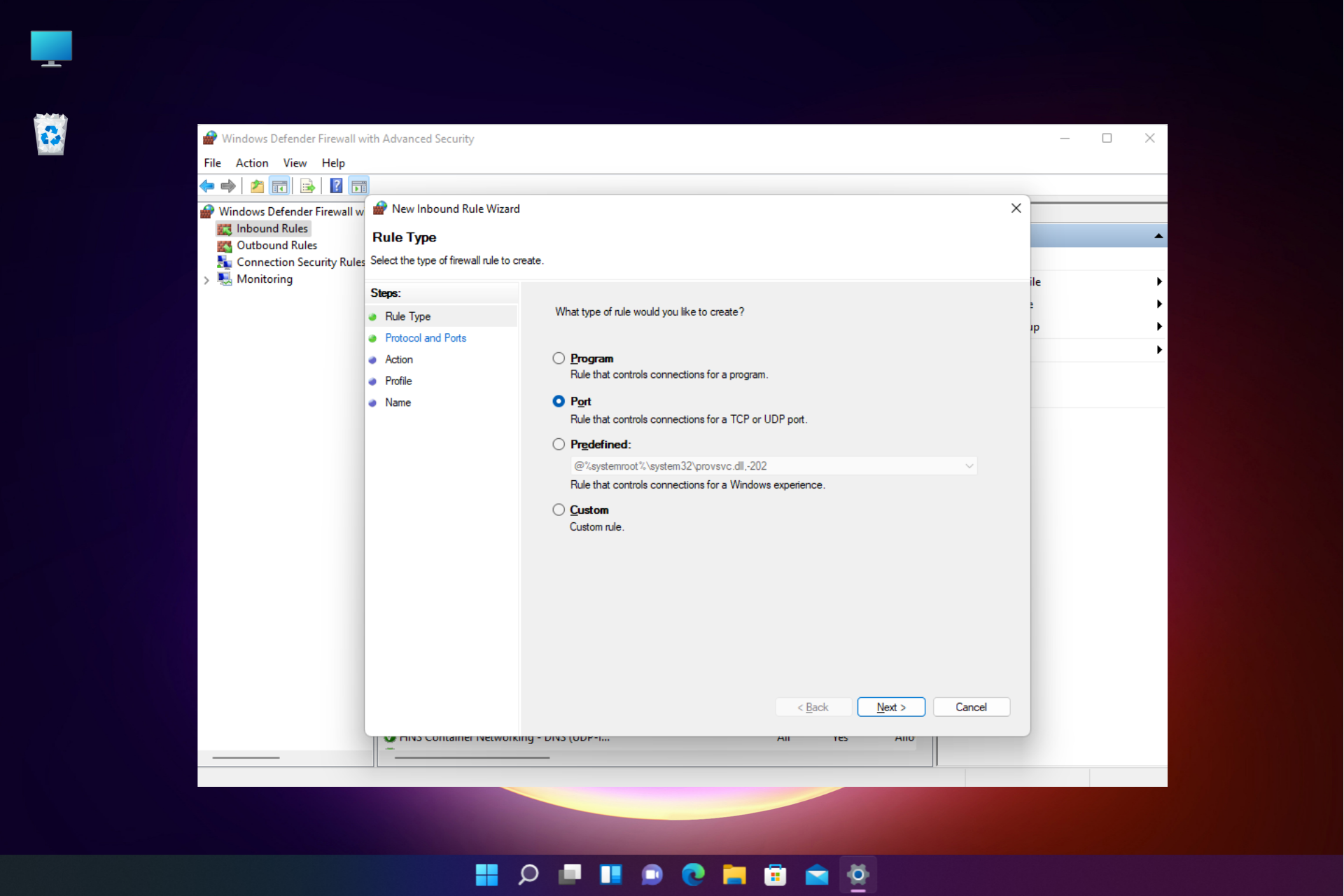Hey there, tech-savvy friend! Are you diving into the world of remote IoT connections but feeling a bit lost when it comes to setting everything up behind a router without relying on Windows? You're not alone, trust me. RemoteIoT is like the secret sauce for connecting devices across distances, but navigating the router MAC configurations can feel like solving a Rubik's Cube blindfolded. If you're here, you're already on the right track. This guide will walk you through the process step by step, so buckle up because we're about to get hands-on with some serious tech talk.
Let's cut to the chase—using RemoteIoT behind a router without Windows isn't rocket science, but it does require a bit of finesse. Imagine your router as the gatekeeper of your network, and your IoT devices as the cool kids trying to get in. To make this happen, you need to configure the router's MAC settings properly. Don't worry; we'll break it down into manageable chunks so you can focus on what really matters—getting those IoT devices up and running.
Before we dive deep, let's set the stage: this guide is designed for anyone who wants to master the art of using RemoteIoT without the crutch of Windows. Whether you're a seasoned pro or just starting out, you'll find actionable tips and tricks here. So, grab your favorite beverage, and let's make this journey as smooth as possible. Ready? Let's go!
Read also:Michael Jackson The Legendary Icon Who Redefined Pop Music
Table of Contents
- Understanding RemoteIoT
- Router MAC Essentials
- Why Avoid Windows?
- Setup Steps
- Troubleshooting Tips
- Security Considerations
- Tools You Need
- Alternatives to Windows
- Advanced Configurations
- Conclusion
Understanding RemoteIoT
First things first, let's get our heads around what RemoteIoT actually is. RemoteIoT is like the superhero of device connectivity. It allows you to control and monitor IoT devices from anywhere, as long as you have an internet connection. Think of it as a virtual handshake between your devices and the cloud, enabling seamless communication without physical limitations.
Now, here's the kicker—using RemoteIoT behind a router requires a bit more finesse than just plugging things in. Routers act as traffic controllers for your network, and MAC addresses are like the IDs that ensure everything stays organized. By configuring your router's MAC settings correctly, you can ensure your IoT devices are recognized and connected without hiccups.
What Makes RemoteIoT Unique?
RemoteIoT stands out because of its flexibility and scalability. Whether you're managing a smart home or an industrial setup, RemoteIoT adapts to your needs. Plus, it supports a wide range of devices, making it a one-stop solution for all your IoT connectivity woes.
Router MAC Essentials
Alright, let's talk routers and MAC addresses. A router is the backbone of your network, directing traffic between devices and the internet. MAC addresses, on the other hand, are unique identifiers assigned to every network interface. Think of them as fingerprints for your devices.
When using RemoteIoT behind a router, configuring the MAC address is crucial. This ensures your devices are recognized and connected properly. Most routers allow you to clone or modify MAC addresses, giving you full control over how your devices interact with the network.
Read also:Unforgettable Magic Toy Story Vhs 1995 Experience
How to Find Your Router's MAC Address
Finding your router's MAC address is easier than you think. Most routers display this information on a label at the back or bottom. Alternatively, you can log into your router's admin panel and check the settings. Some routers even let you clone the MAC address of another device, which can come in handy when troubleshooting connectivity issues.
Why Avoid Windows?
Here's the deal—Windows is great, but sometimes it's just not the best fit for specific tasks. When it comes to RemoteIoT configurations, relying solely on Windows can limit your options. Plus, using alternative platforms can enhance security and flexibility.
By avoiding Windows, you open the door to a world of possibilities. Linux-based systems, for example, offer powerful tools and scripts that make managing IoT devices a breeze. Plus, they're often more lightweight and resource-efficient, which is perfect for smaller devices.
Setup Steps
Now that we've covered the basics, let's dive into the setup process. Here's a step-by-step guide to using RemoteIoT behind a router without Windows:
- Access Your Router: Log into your router's admin panel using its IP address. This is usually something like 192.168.1.1 or 192.168.0.1.
- Locate MAC Settings: Navigate to the section where you can view or modify MAC addresses. This might be under "LAN" or "Network" settings.
- Clone or Modify MAC: If needed, clone the MAC address of a device that's already connected to your network. This ensures compatibility.
- Connect IoT Devices: Use your chosen platform (Linux, macOS, etc.) to connect your IoT devices to the router. Make sure they're recognized by the network.
- Configure RemoteIoT: Set up RemoteIoT on your devices, ensuring they're linked to your router and accessible remotely.
Tips for a Smooth Setup
Here are a few tips to make your setup process smoother:
- Double-check your router's firmware for updates. Outdated firmware can cause compatibility issues.
- Use static IP addresses for your IoT devices to avoid conflicts.
- Document every step of your setup. This will come in handy if you need to troubleshoot later.
Troubleshooting Tips
Even the best-laid plans can hit a snag. If you're having trouble getting RemoteIoT to work behind your router, here are some troubleshooting tips:
- Check Connections: Ensure all devices are properly connected to the router.
- Verify MAC Settings: Double-check that the MAC addresses are configured correctly.
- Restart Devices: Sometimes, a simple reboot can fix connectivity issues.
- Consult Logs: Most routers keep logs of network activity. These can provide valuable insights into what's going wrong.
Security Considerations
Security is a big deal when it comes to IoT devices. Leaving them exposed can open the door to hackers and other malicious actors. Here's how you can keep your RemoteIoT setup secure:
- Use Strong Passwords: Never use default passwords for your router or IoT devices.
- Enable Encryption: Make sure your router uses WPA3 or WPA2 encryption for secure connections.
- Regularly Update Firmware: Keep your router and devices up to date with the latest security patches.
Best Practices for Security
Here are some additional best practices to keep your setup secure:
- Avoid using public Wi-Fi for managing IoT devices.
- Segment your network to isolate IoT devices from other devices.
- Monitor network activity regularly for any suspicious behavior.
Tools You Need
Having the right tools can make all the difference. Here are some must-haves for setting up RemoteIoT:
- SSH Client: For securely connecting to your devices and router.
- Network Monitoring Software: To keep an eye on your network's health.
- IoT Management Platform: For centralized control of your devices.
Alternatives to Windows
As we mentioned earlier, avoiding Windows can be beneficial. Here are some great alternatives:
- Linux: Lightweight and packed with powerful tools for managing IoT devices.
- macOS: Offers a user-friendly interface while still being robust enough for tech tasks.
- Raspberry Pi: A tiny yet powerful device perfect for running IoT applications.
Advanced Configurations
For those who want to take things a step further, here are some advanced configurations to consider:
- Port Forwarding: Allows you to expose specific ports on your router for remote access.
- DDNS Setup: Makes it easier to access your devices remotely without remembering IP addresses.
- Custom Scripts: Automate tasks and streamline your IoT management.
Conclusion
And there you have it—a comprehensive guide to using RemoteIoT behind a router without Windows. By following these steps and tips, you'll be well on your way to mastering IoT connectivity. Remember, the key is patience and persistence. Tech challenges are part of the journey, but the rewards are worth it.
So, what are you waiting for? Dive in, experiment, and make those IoT devices sing. And don't forget to share your experiences in the comments below. Who knows? You might just inspire someone else on their tech journey. Stay curious, stay connected, and keep innovating!


